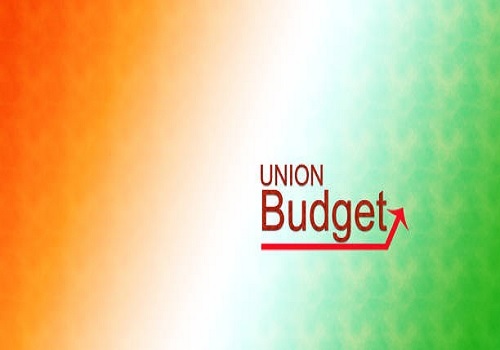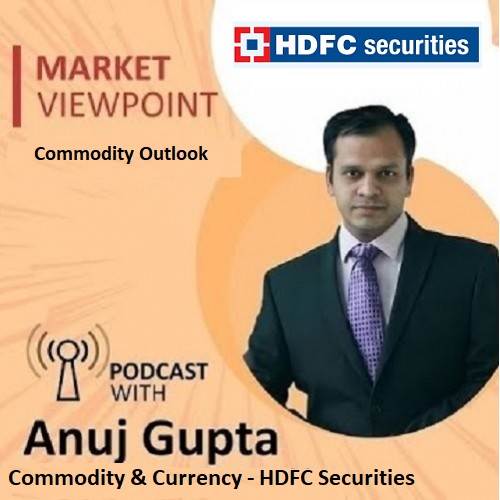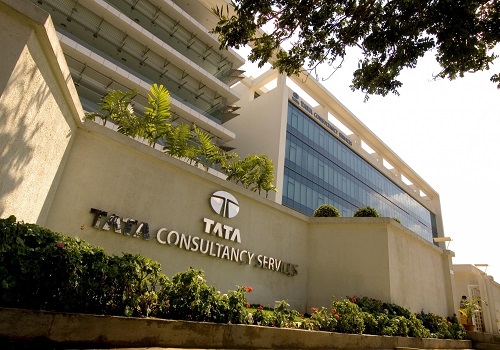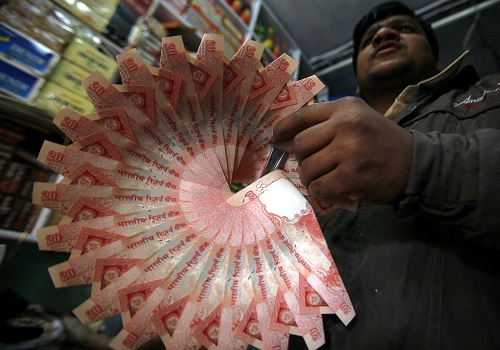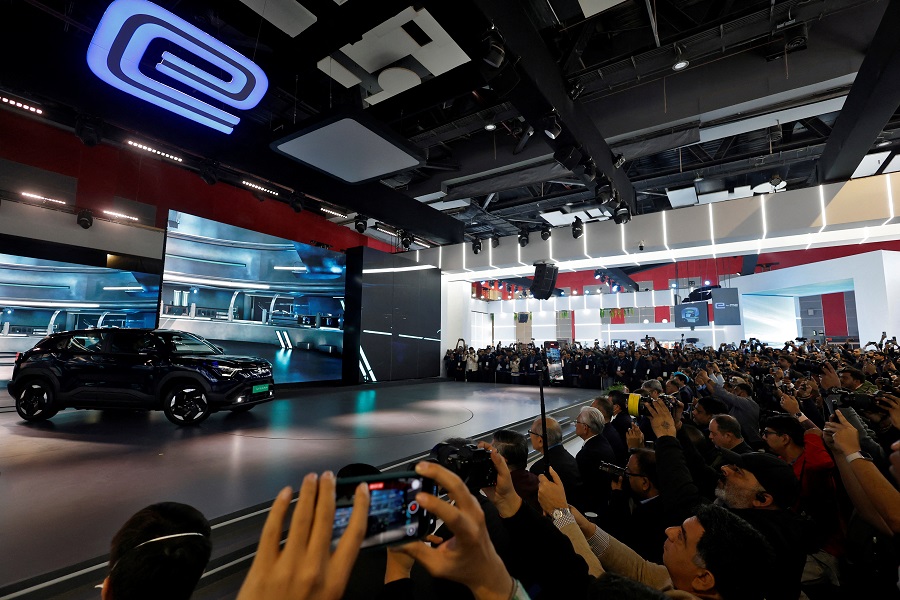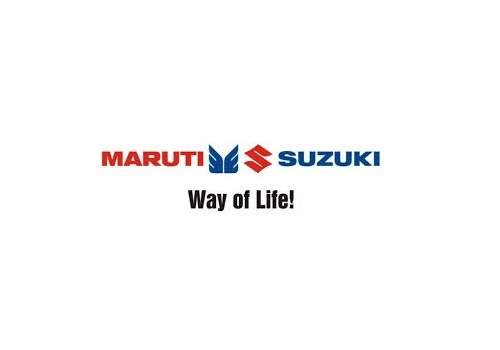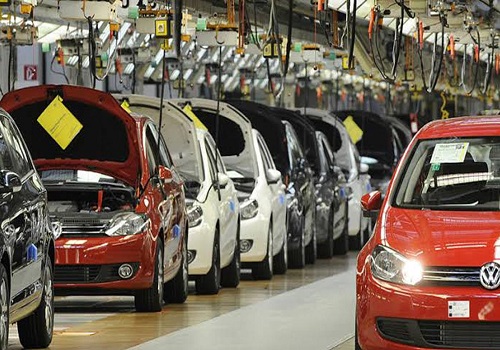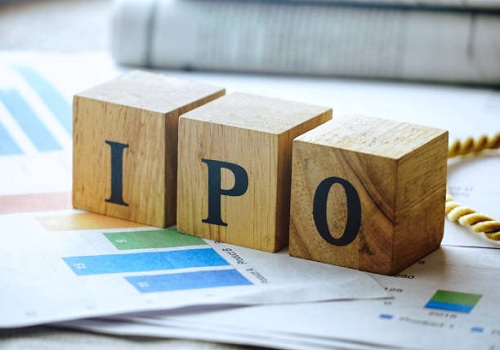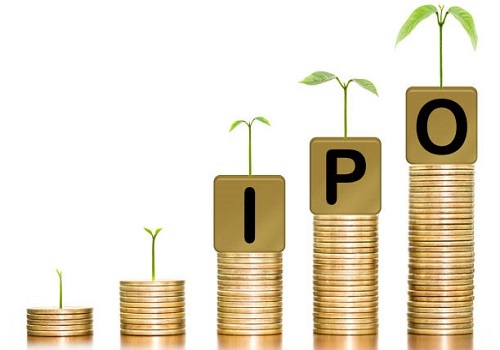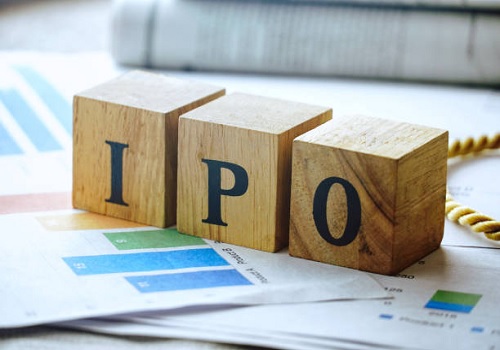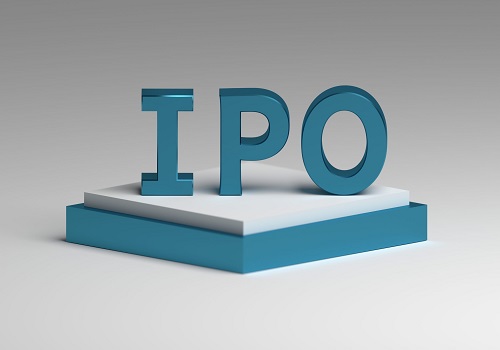Analysis - Hyundai seeks expansion, higher valuation with India IPO

Hyundai Motor's planned $3 billion IPO in India will help the carmaker score two goals in one go: expand in one of the world's fastest growing markets and tackle the so-called "Korea discount" that suppresses the value of its business back home.
Hyundai, India's second-biggest carmaker behind Maruti Suzuki with a 15% market share, has appointed bankers for the initial public offering which could be the country's biggest ever, and Hyundai's first such listing outside South Korea.
The India IPO is aimed at accelerating its expansion in a country where it has operated for over 25 years and where its affordable cars are popular with price-conscious Indians, according to analysts and four people familiar with the carmaker's plans.
The listing will also reduce Hyundai's dependence on its parent for funds, giving it the financial muscle to take on local rivals such as Tata and chart its own growth plans in a market that accounts for 14% of total global sales, the sources said.
"India will become the ground to raise money for local projects. Hyundai understands the market dynamics," said Gaurav Vangaal of S&P Global Mobility.
Hyundai plans to use the IPO proceeds largely to fund the launch of EVs in India, as well as set up a charging network and a battery facility, the sources said. The money will also be used to expand its manufacturing capacity in the country.
India is a "sizable" market for Hyundai, and more capital raised locally will help it build EV infrastructure there, said Kevin Yoo an analyst at Daol Investment & Securities.
A spokesperson for Hyundai declined to confirm the IPO plans, reiterating an earlier statement that said the company "constantly reviews various activities, including listing of overseas subsidiaries, to increase corporate value".
The IPO plans come as India's stock markets are soaring. The benchmark Indian indices have doubled between 2019 and 2023, while Seoul's KOSPI index has risen just 30% in the same period.
Two of the sources said Hyundai wants to cash in on this growth and also tackle the "Korea discount", a term analysts use to refer to the typically lower valuations for South Korean companies compared to global peers because of lower dividend payouts, the dominance of opaque conglomerates and geopolitical risks involving North Korea.
Hyundai is considering a valuation of $30 billion for the India unit IPO, the sources said, which is more than half of its Korea-listed parent which trades in Seoul at a market capitalisation of $46 billion. A rich valuation for India could boost valuations at home, one of the sources added.
Jonathan Pines, lead portfolio manager for Asia ex-Japan at Federated Hermes Limited, in a report last year on the "Korea Discount" phenomenon, said about one in three South Korean stocks trade below a price-to-book multiple of one, which means a company's market cap is below the value of its net assets.
Hyundai trades at a price-to-book ratio of 0.69 in Seoul. Indian automakers Tata Motors trades at 6.48 and Maruti Suzuki at 4.96.
Some analysts, however, say fixing the "Korea discount" problem will not be so easy.
"I don't believe this is something that can be resolved simply by seeking to be listed elsewhere – although that can help fundraising and elevate their local brand image to some extent," said Lee Jung-bin, an analyst at Shinhan Securities.
"Having said that it could potentially unlock better valuation than the parent company in Korea as investors could focus more on local performance there," Lee added.




